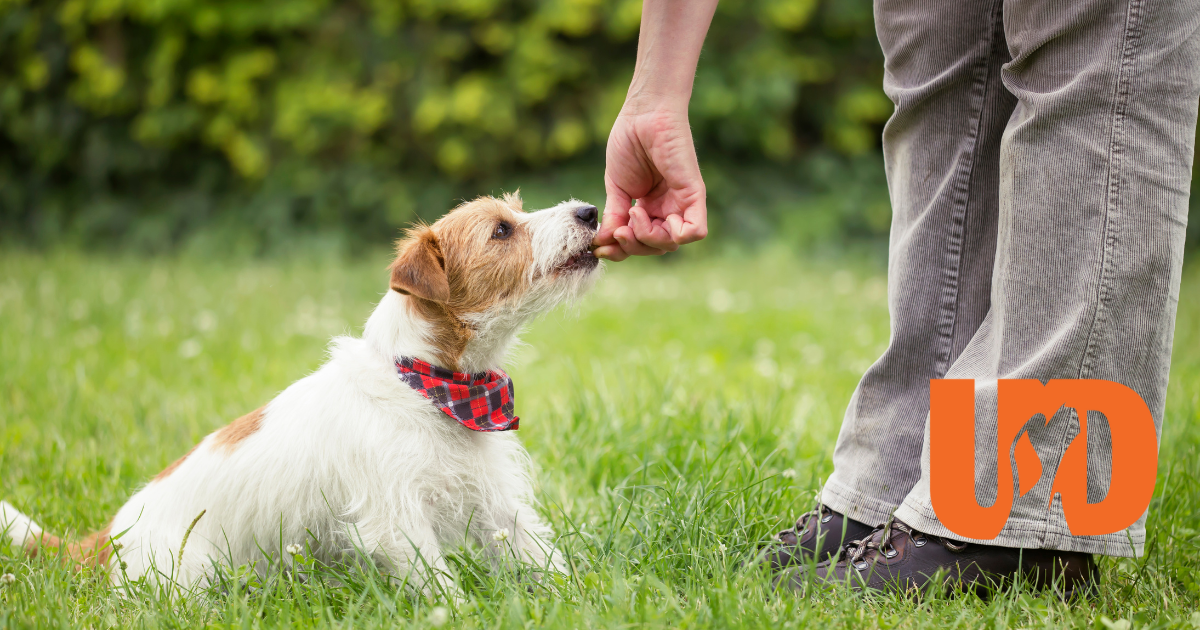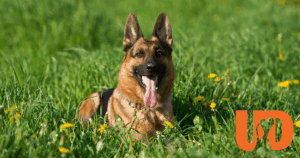Bringing home a new puppy is joyful, chaotic, and full of questions—especially about training. Do…

The Power of Positive Reinforcement – And Its Hidden Pitfalls
The Power of Positive Reinforcement — And Its Hidden Pitfalls
Positive reinforcement is one of the most widely recommended methods in dog training—and for good reason. On the surface it is hailed as effective, humane, and rooted in the science of motivation and learning. Teaching dogs what we do want, rather than punishing them for what we don’t, helps create a trusting, joyful relationship.
But here’s the truth: positive reinforcement alone is rarely enough. When used as the only tool in the toolbox, it can leave both dogs and their humans stuck, confused, and even unsafe.
Let’s explore why.
1. Rewards Aren’t Always Clear—or Fair
In theory, using treats, toys, or praise to reward good behavior seems simple. In practice, it’s anything but.
Many dogs get inconsistent or poorly timed rewards. If your dog sits, and you fumble with a treat five seconds later, they might not connect the reward with the behavior. Or, your dog might only behave when they see the treat in your hand—which means they’ve learned to respond to the bribe, not the cue.
Additionally, even in the best situation where owners learn and are capable of good reward timing, very few have the understanding, discipline and patience needed to utilize variable reward schedules in real life. Because of these, they end up with dogs who respond beautifully during training but not in real life.
2. Real Life Isn’t Always Rewarding
Positive reinforcement works beautifully in controlled environments. But what about the real world?
A dog who only comes when called because they expect a cookie may hesitate in an emergency—especially if the distraction (like chasing a squirrel) is more rewarding than the treat. Good training builds reliability, not just compliance when it’s convenient.
3. Some Behaviors Need More Than a Yes
Dogs don’t come pre-loaded with good manners, and not every problem can be solved by waiting for the “right” behavior and rewarding it.
What if your dog barks at strangers on the sidewalk and won’t take food when he is in this state? Or jumps on your elderly neighbor? Simply rewarding “quiet” or “four paws on the floor” may not be enough. Clear boundaries, structure, and sometimes a well-timed interruption or consequence help dogs learn what’s not okay—without fear, force, or intimidation.
4. It’s Not Always Emotionally Stress-Free
People often think that reward-based training is the most emotionally gentle option—but it’s worth noting that frustration can arise here too. If a dog wants something badly (like a toy or a treat) but can’t figure out what to do to earn it, that frustration can build. A training plan that leans too heavily on waiting for the “right” behavior, without guidance, can create uncertainty and stress.
5. Most Studies Supporting Positive Reinforcement Don’t Distinguish Correction from Punishment
A common problem in discussions around training research is that many studies categorize all non-reward strategies as “punishment”—without acknowledging nuance. But there’s a world of difference between harsh, punitive methods and calm, communicative correction.
Redirective correction—like interrupting a behavior, removing access to something, or calmly guiding a dog away—is not about fear or force. It’s about giving feedback. Dogs, like people, benefit from clear communication about what is and isn’t appropriate. This kind of correction helps prevent frustration, provides structure, and builds clarity, especially in social or high-stakes environments.
When we eliminate all forms of correction, we risk making training less effective and less emotionally honest. Dogs thrive on guidance—not just reward, but also redirection, clarity, and confident leadership.
6. Low-Level Stress Can Build Resilience
Stress isn’t always a bad thing. In fact, learning how to tolerate mild, short-term stress—like being asked to wait, being calmly denied something they want, or receiving clear boundaries—can help dogs become more adaptable and emotionally stable.
This kind of stress, introduced with care and consistency, builds resilience. It helps dogs learn how to cope when things don’t go their way, how to handle frustration, and how to regulate themselves. These are vital life skills—especially in a world full of distractions, surprises, and the occasional squirrel sprinting across the road.
By guiding dogs through manageable challenges, we help them become more confident and less reactive—not more stressed.
So What’s the Solution?
We believe in the power of positive reinforcement—but also in balance.
That means:
-
Using rewards effectively, but not dependently
-
Teaching dogs what not to do as well as what to do—with calm, clear feedback
-
Practicing in real-life situations so dogs learn to listen, even with distractions
-
Providing structure and boundaries so dogs feel secure, not confused
-
Allowing dogs to work through small challenges, so they learn to cope and recover
-
Remembering that every dog is an individual—and so is every training plan
- Honoring the science which means accepting ALL of it, not cherry picking for the outcome we want.
Find the Right Path for You and Your Dog at University of Dog
Positive reinforcement is an incredible foundation for dog training. It creates motivation, builds trust, and supports learning. But it isn’t the only piece of the puzzle.
When used in combination with thoughtful structure, clear expectations, and good communication, it becomes part of a full toolkit—one that helps dogs thrive not just in training sessions, but in the real world.
And that’s what we want, right? A dog who’s not only well-trained—but confident, resilient, and a joy to live with.
If you need help bringing balance into your dog’s life we are here to support you. Learn more about Best Practices Dog Training™️ or Book a Free Discovery Call today!




